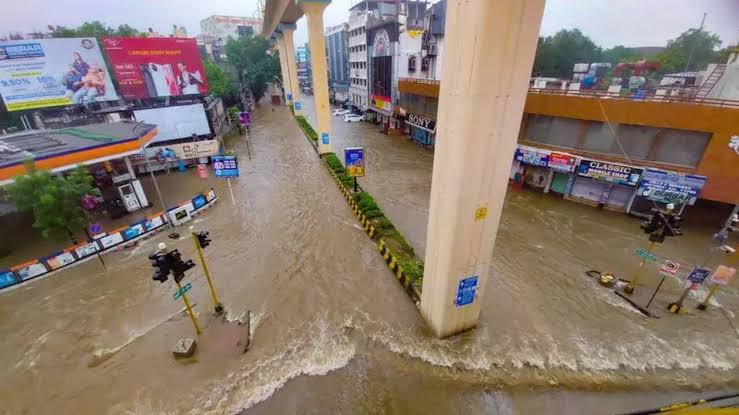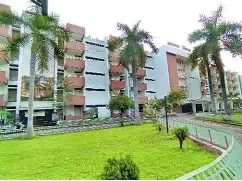Nagpur News
Shocking Findings from Nagpur’s Pre-Monsoon Survey

A recent pre-monsoon survey conducted by the Nagpur Fire and Emergency Services Department has revealed alarming shortcomings in the city’s planning. The report identifies 175 areas throughout Nagpur that are highly susceptible to waterlogging, while over 50 apartment basements are perilously vulnerable due to inadequate drainage systems.
Civic Negligence Exposed
This situation is not merely a consequence of natural events; it is a clear case of civic negligence. The report highlights the unchecked cement concretization of city roads, which has obstructed natural slopes and water runoff pathways. As a result, streets have become water tanks, and homes have turned into swimming pools, even after light rain.
Despite numerous warnings over the years, both the Nagpur Improvement Trust (NIT) and the Nagpur Municipal Corporation (NMC) have failed to incorporate basic drainage solutions into their major infrastructure projects. The outcome? Rainwater now flows directly into homes, jeopardizing life and property across various neighborhoods, from slums to affluent colonies.
Alarming Emergency Calls
The fire department has made it clear: during the monsoon season, every second emergency call they receive pertains to flooding in homes—primarily due to poorly executed roadwork and blocked drains.
The situation is even more dire with findings that 56 high-rise buildings possess basements with critical flaws. These basements lack drainage systems and water pumps, leading to rising water levels that cause short circuits, damaged generators, and waterlogged vehicles. They are not just inconvenient; they represent potential death traps waiting to happen.
Most Affected Areas
Here’s a breakdown of the worst-hit areas:
- Sakkardara: 24 locations
- Lakadganj: 22 locations
- Narendranagar: 21 locations
- Sugatnagar: 20 locations
- Trimurti Nagar: 19 locations
- Civil Lines: 18 locations
Call to Action
The message is unequivocal: the fire department has done its part by raising the alarm. It is now imperative for city authorities to take action before citizens literally drown in the consequences of their inaction.
The monsoon is not the root of the problem; the systemic failures in planning and infrastructure are to blame.




